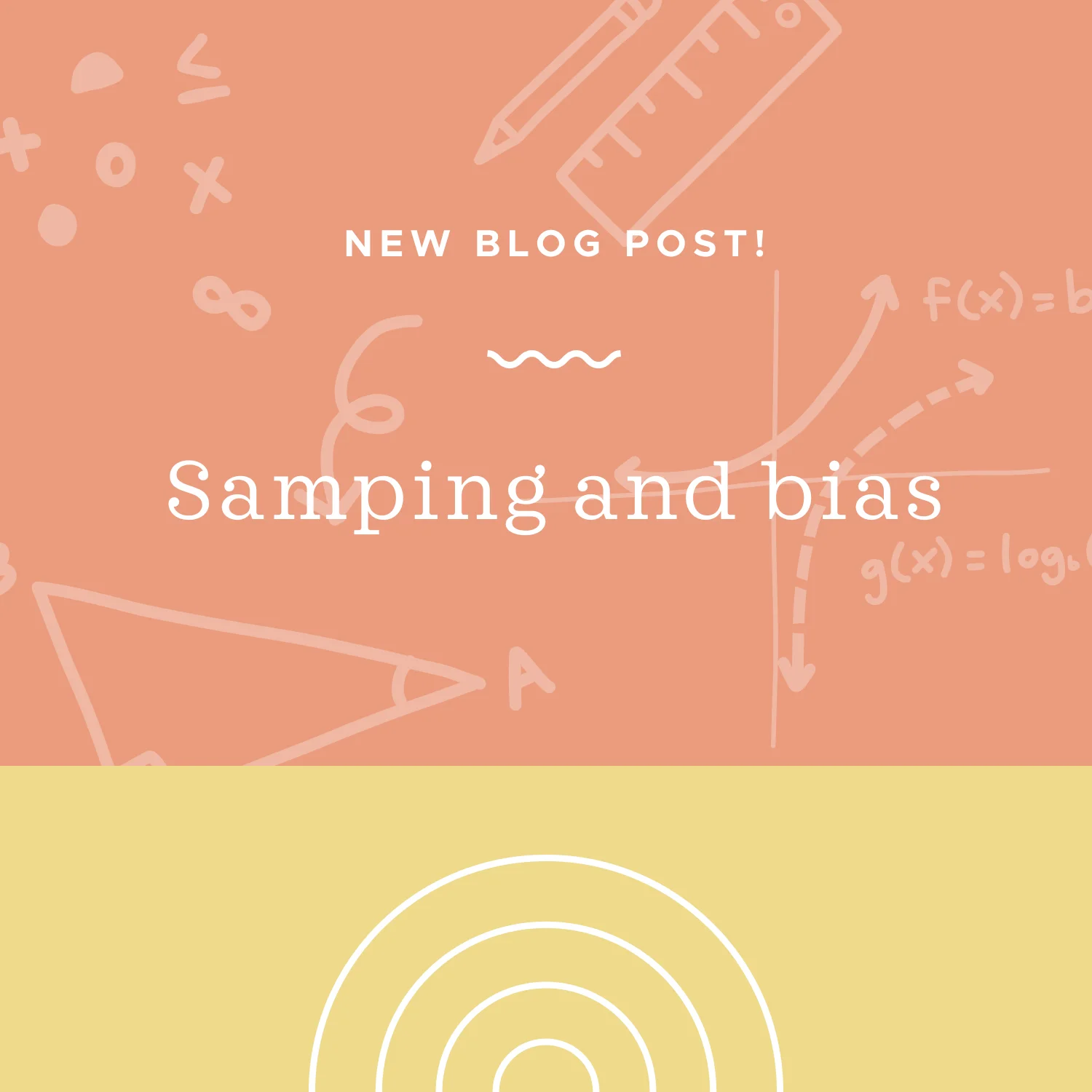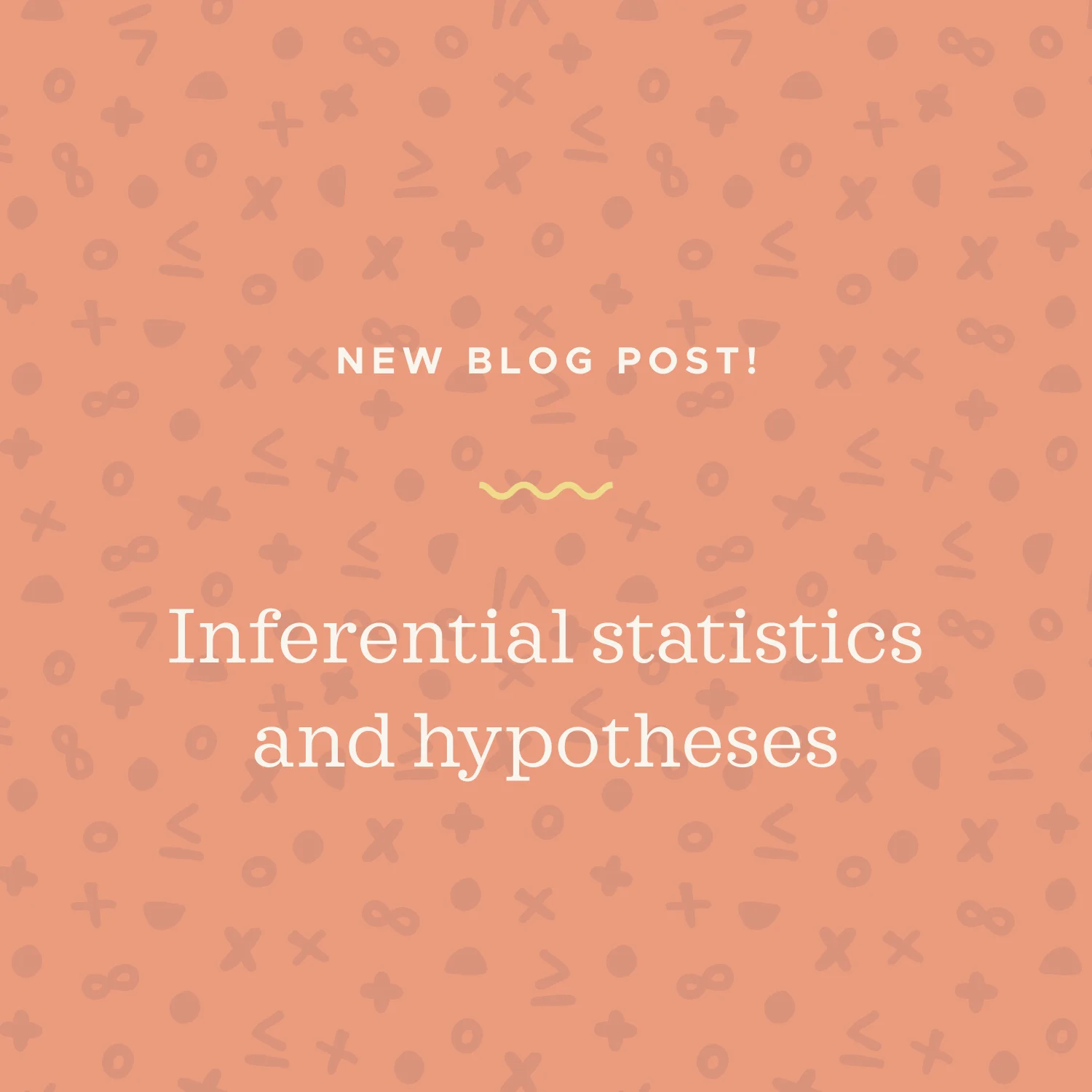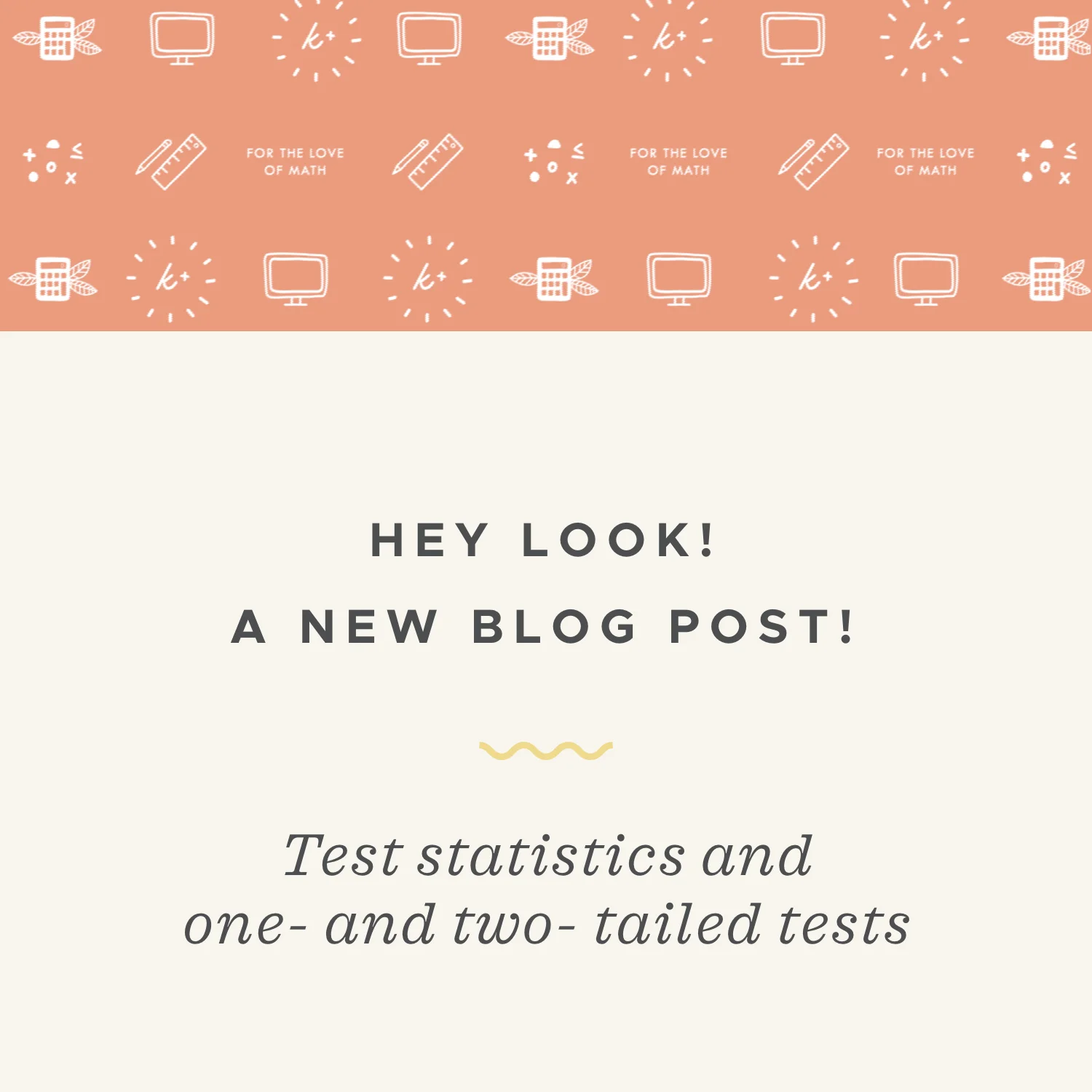In a perfect world, we want the sample to be representative of the population. If it were in fact perfectly representative, we might call it a representative sample, because the information we collect about the sample would “scale up” to the population.
Read MoreUp to now we’ve been focused mostly on hypothesis testing for the mean, but we can also perform hypothesis tests for a proportion. In order for the test to work, we’ll need np≥10 and n(1-p)≥10, where p is the probability of a success, and 1-p is the probability of failure.
Read MoreA sample mean or sample proportion might be a great estimate of the population parameter, or it might be a really bad estimate. So it would be really helpful to be able to say how confident we are about how well the sample statistic is estimating the population parameter, and that’s where confidence intervals come in.
Read MoreWe’ll cover each part of this process throughout this section. Here’s where we’re headed: There are five steps for hypothesis testing: 1) State the null and alternative hypotheses, 2) Determine the level of significance, 3) Calculate the test statistic, 4) Find critical value(s), and 5) State the conclusion. This process is also called inferential statistics, because we’re using information we have about the sample to make inferences about the population.
Read MoreWith any hypothesis test, we need to state the null and alternative hypotheses, then determine the level of significance. We’ve already covered these first two steps, and now we want to learn how to calculate the test statistic, which will depend on whether we’re running a two-tail test or a one-tail test.
Read More






